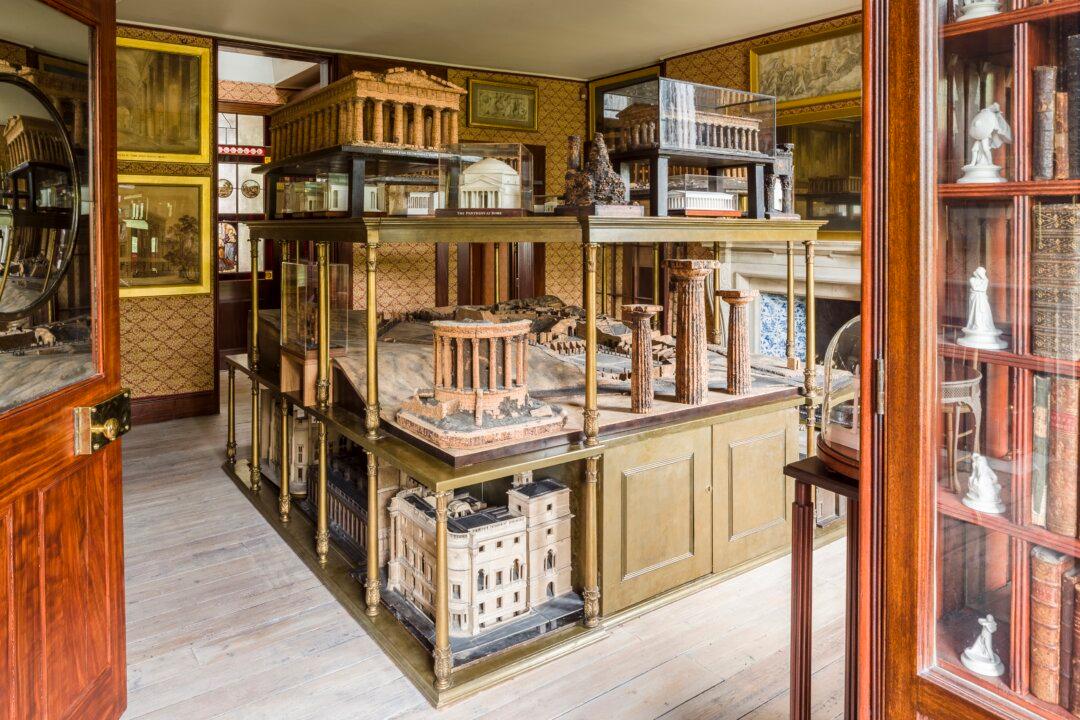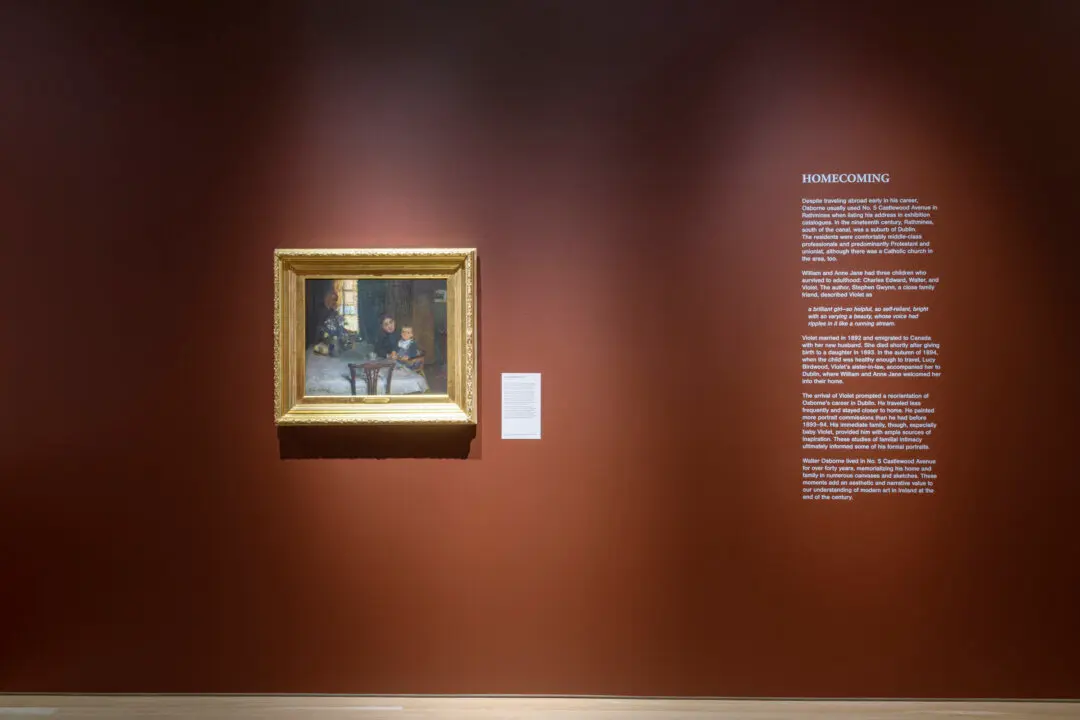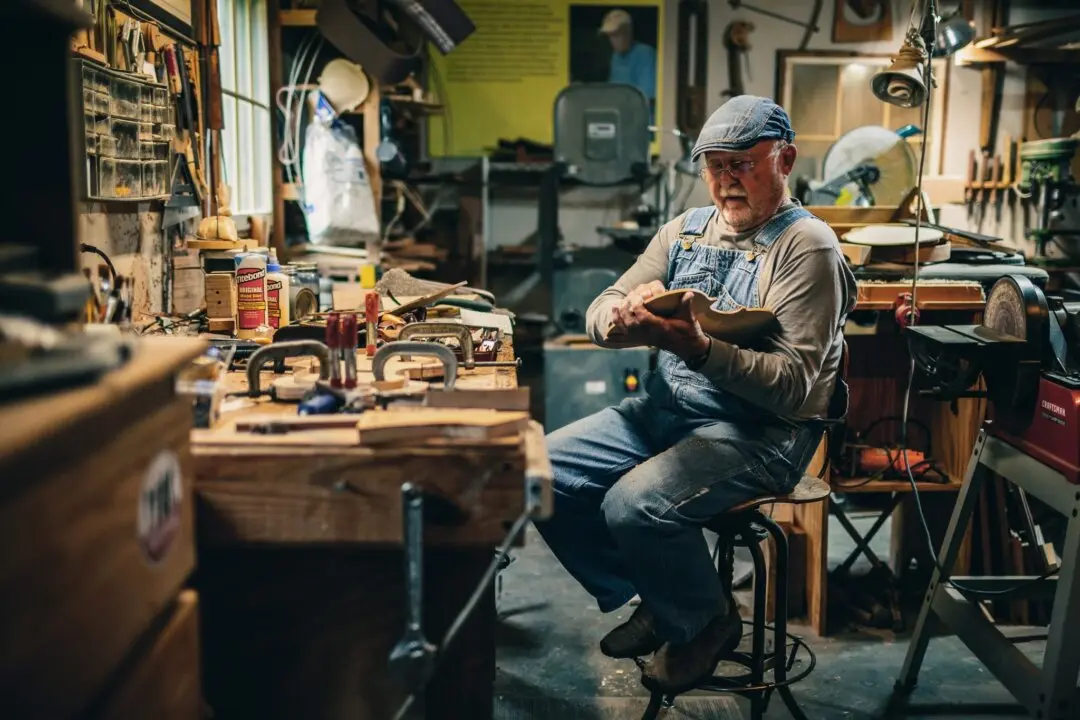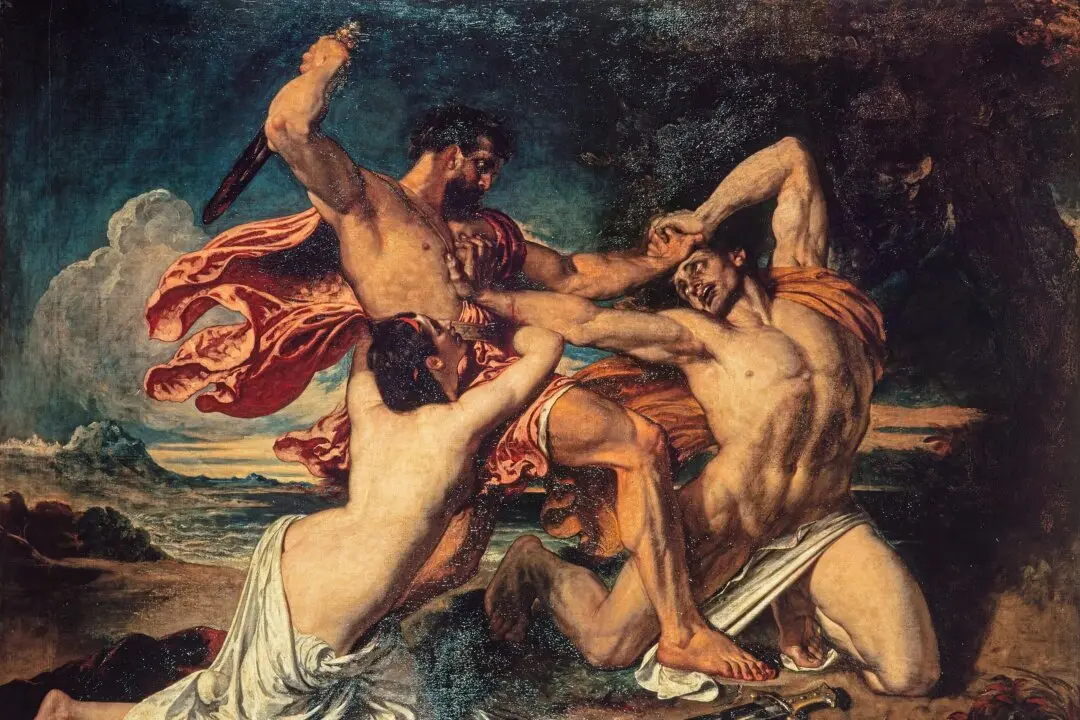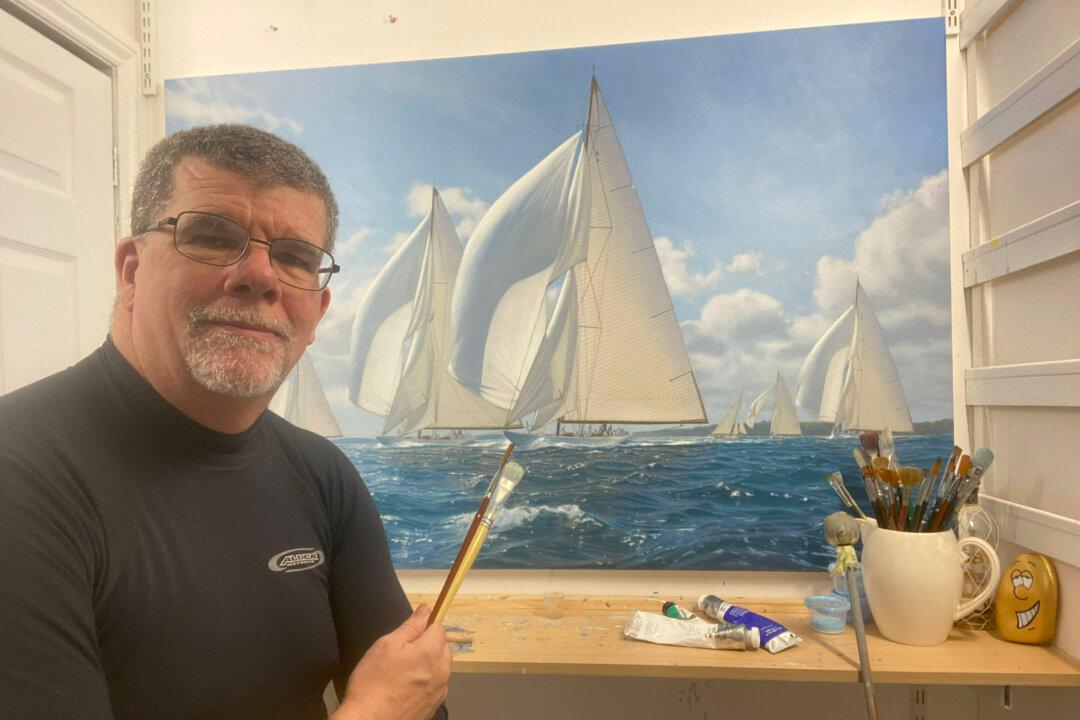In 18th- and 19th-century England, wealthy young men traveled to continental Europe to explore ancient sites, discover ancient relics and Renaissance art, and learn the languages and culture. Known as “Grand Tours,” these cultural explorations were rites of passage in which men became gentlemen.
“Nothing can be compared to the new life that the discovery of another country provides for a thoughtful person. Although I am still the same I believe to have changed to the bones,” Johann Wolfgang von Goethe wrote in the “Italian Journey” based on his time in Italy between 1786 and 1788.

